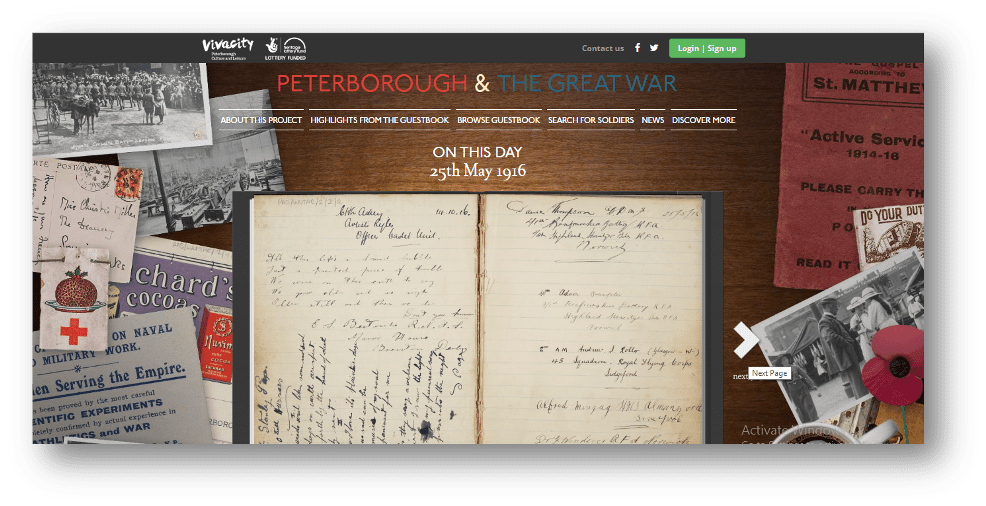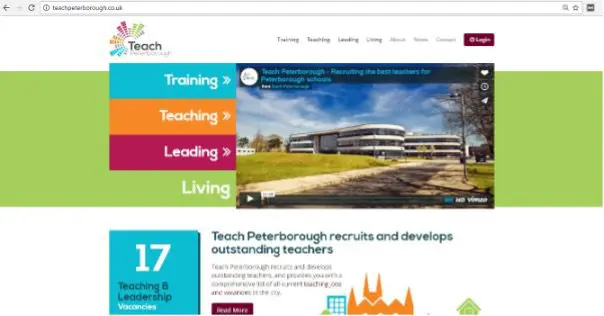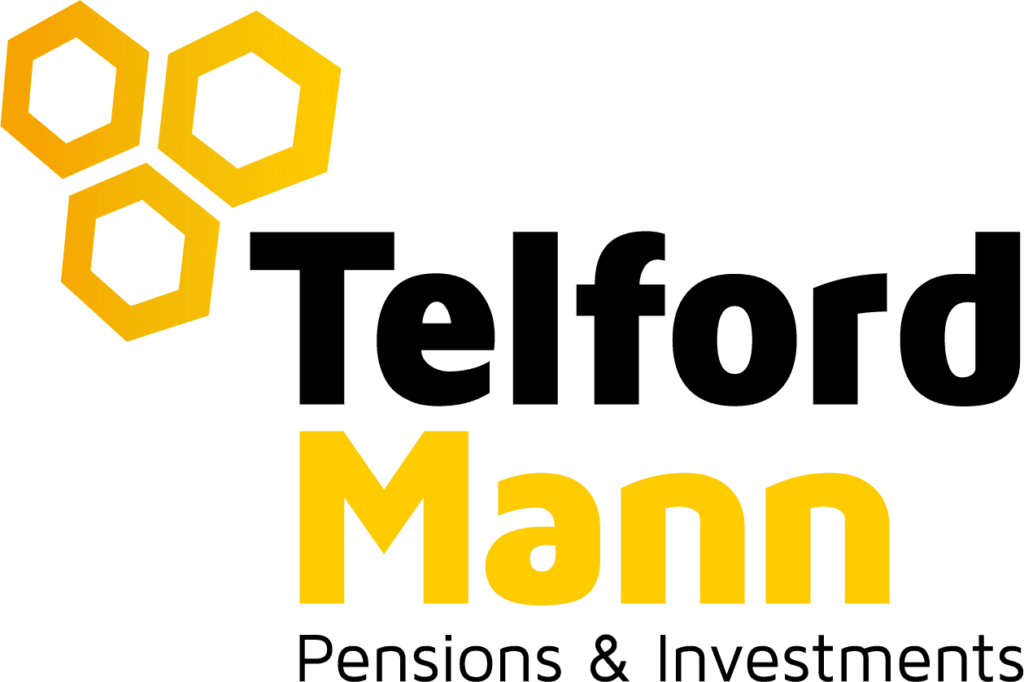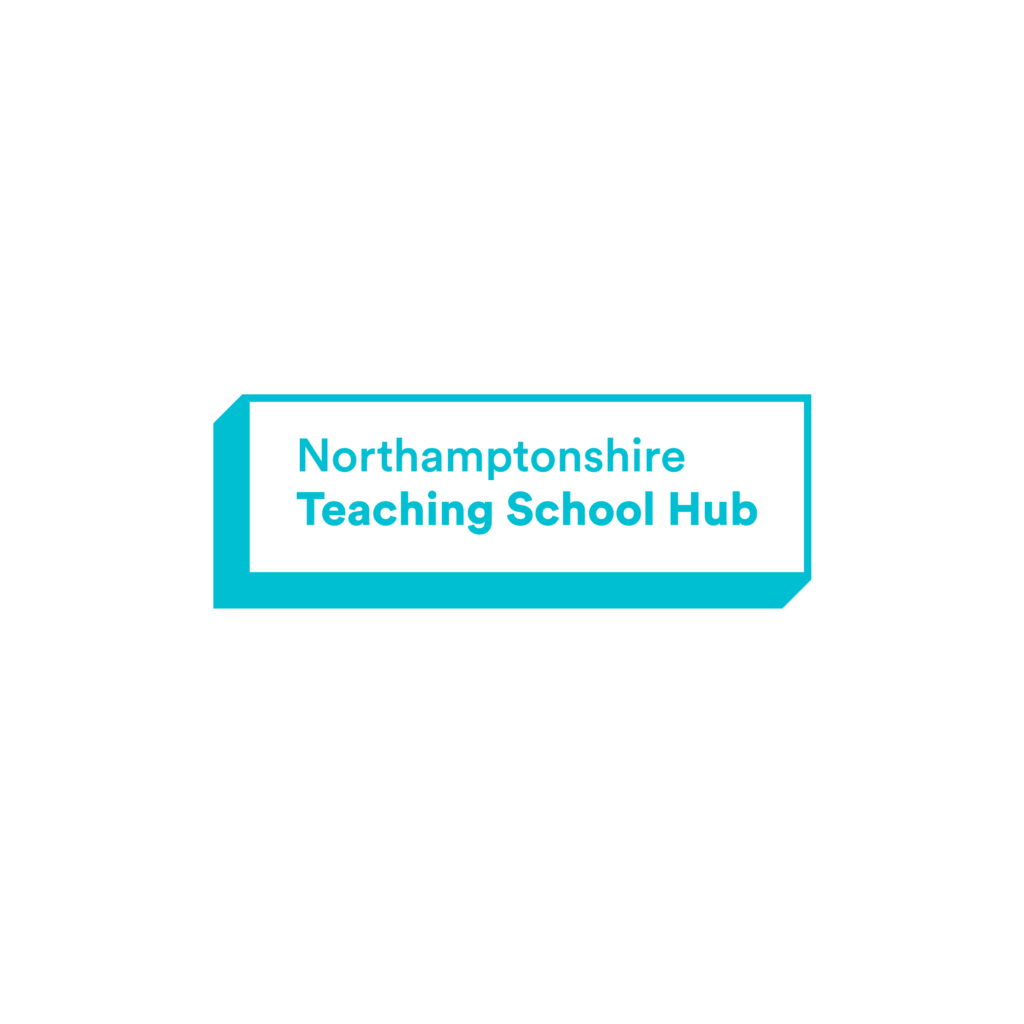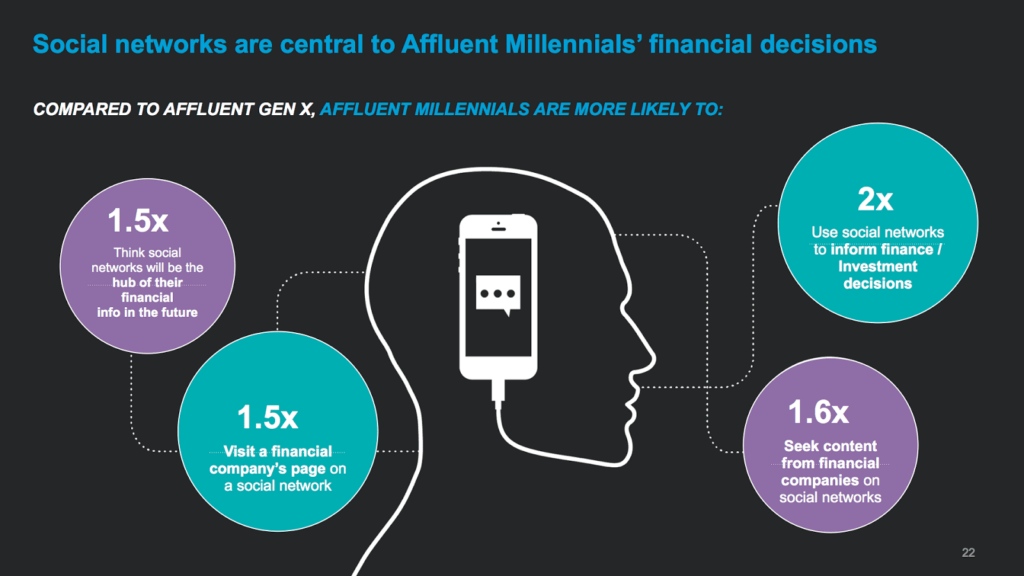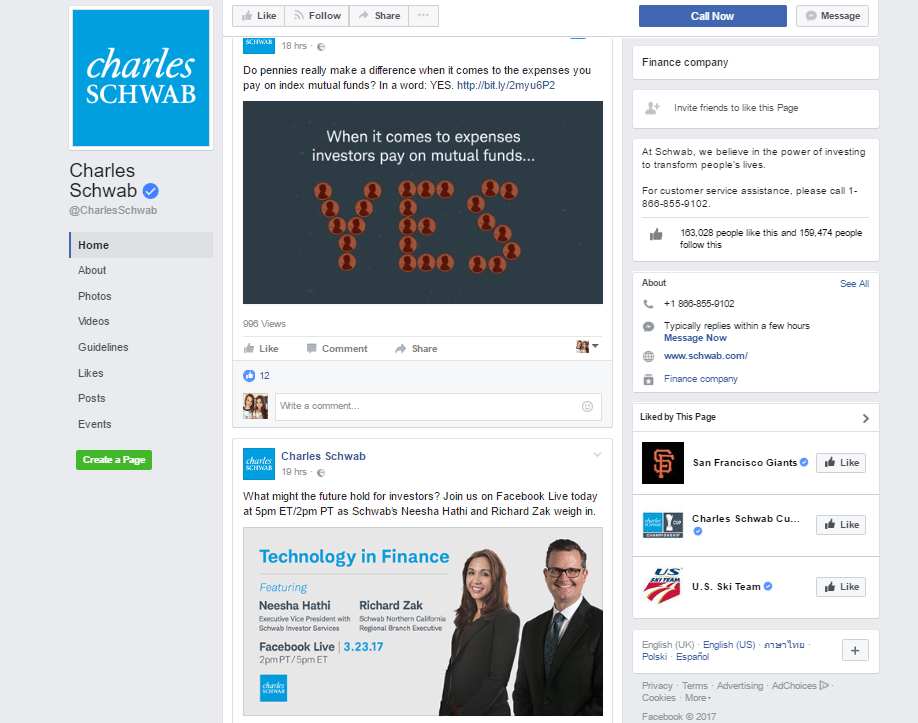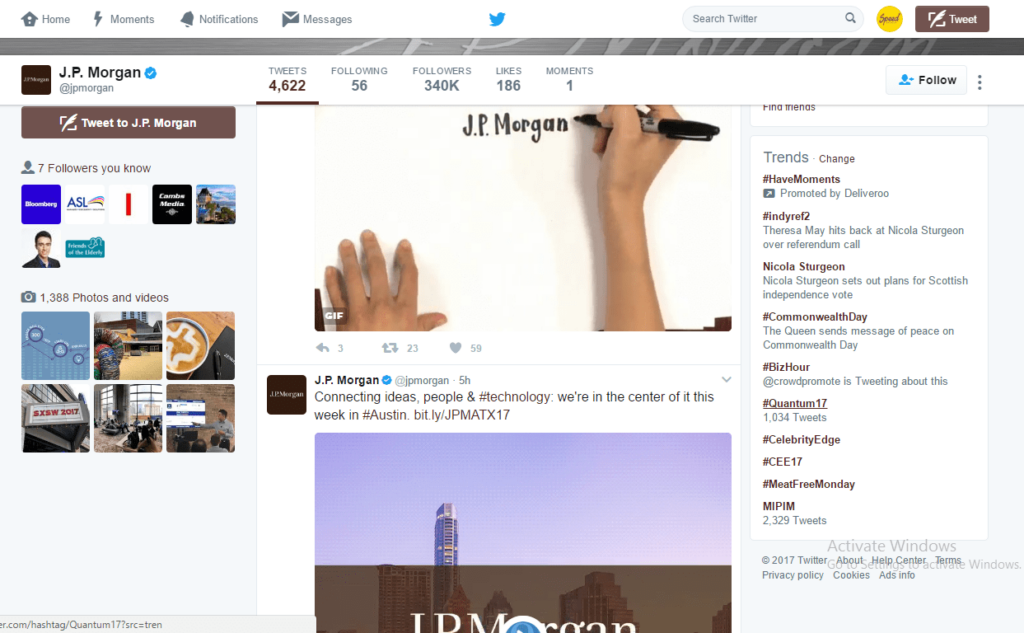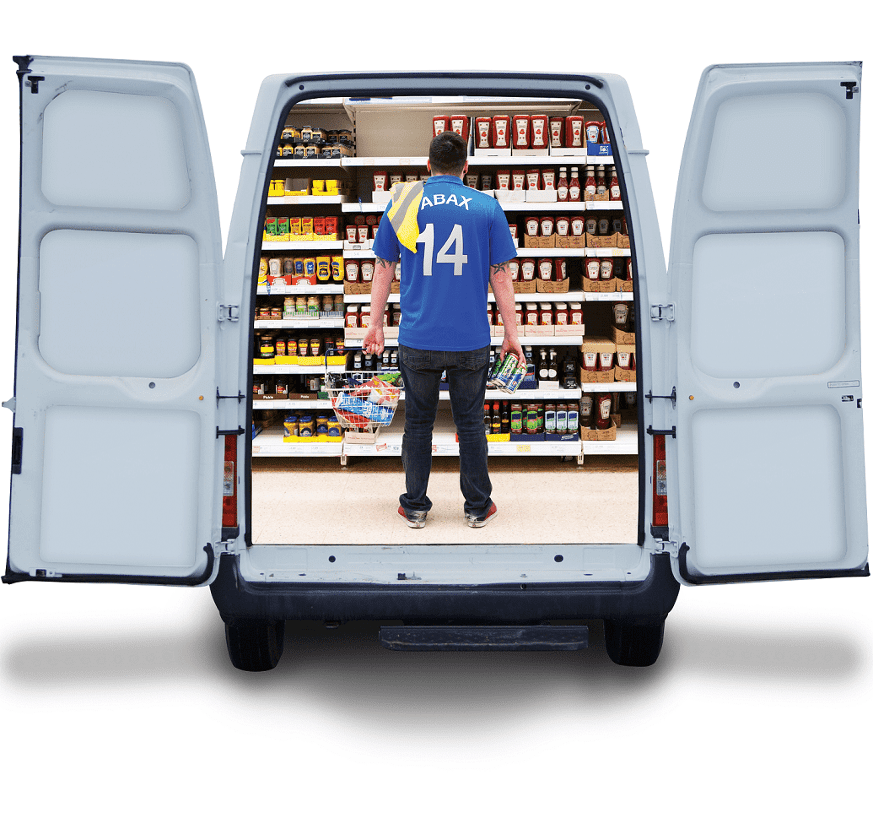The Foundation Of Typography And Marketing
What does your typography say about your brand? Your typeface is a key element in all kinds of marketing – your brand identity, design & print, digital marketing and web & app development. It subtly conveys all kinds of things about your brand personality. But why is that, and what do you need to consider?
People often talk about “font” and “typeface” as if they’re the same thing. They’re certainly related, but there are technical differences between the two.
Typeface
A typeface is the design of letters and numbers, looking at the weight and shape of letters and numbers. Typeface is sometimes described as a ‘font family’, giving an overall style to lettering. There can be many different fonts within a typeface.
Serif or Sans Serif is a key typeface choice and should be one of the first considerations for your design. Choosing between the two will narrow down the style you want.
Sans-Serif

Serif

A serif typeface is more decorative and has tips at the end of each letter.
There is big debate around which style is the best to use for print or online. Generally, though, serif typefaces are easier to read in lengthy copy. Sans serif typefaces feel more modern and casual, and are popular blogs and other web content.
Font
A font on the other hand, is a set of letters in a specific style and size that they are designed in. For example, “Arial” is a typeface, but Arial, size 10, italics, is a font. Basically, this tells a computer and printer how to display the typeface.
It’s easy to see how the two can be confused – but it helps to understand the difference. So how does this fit with branding?
Branding and Typography
Typography forms part of your branding and plays an important role in your brand identity. Getting your font right could mean the difference between having an audience engage with your message, or miss what’s being communicated. So does a bad font change perception?
As an example, let’s look at Gap. The brand underwent a major rebrand in 2010. The original logo showed the word “GAP” in capital letters inside a dark blue square. The new logo resized the blue square and the typeface changed from Serif to Sans, as below.
Before

After

The redesign attracted all sorts of comments, mostly negative. The main criticism was the choice of typeface used – Helvetica was perceived as an old typeface, popular back in the 1960s and 70s, and too big a shift from the previous design. To manage so much complaint, Gap reverted to their original logo.
The new look wasn’t perceived to represent GAP as a fashion brand – many people said it looked like the logo for an IT company or management consultancy.
Ask the experts
When designing your brand, we always give typography major consideration. There’s no doubt that typeface plays a massive role in establishing your brand, creating personality and highlighting your central message. We’ll always test a few options with you to find the typeface that resonates the best.

